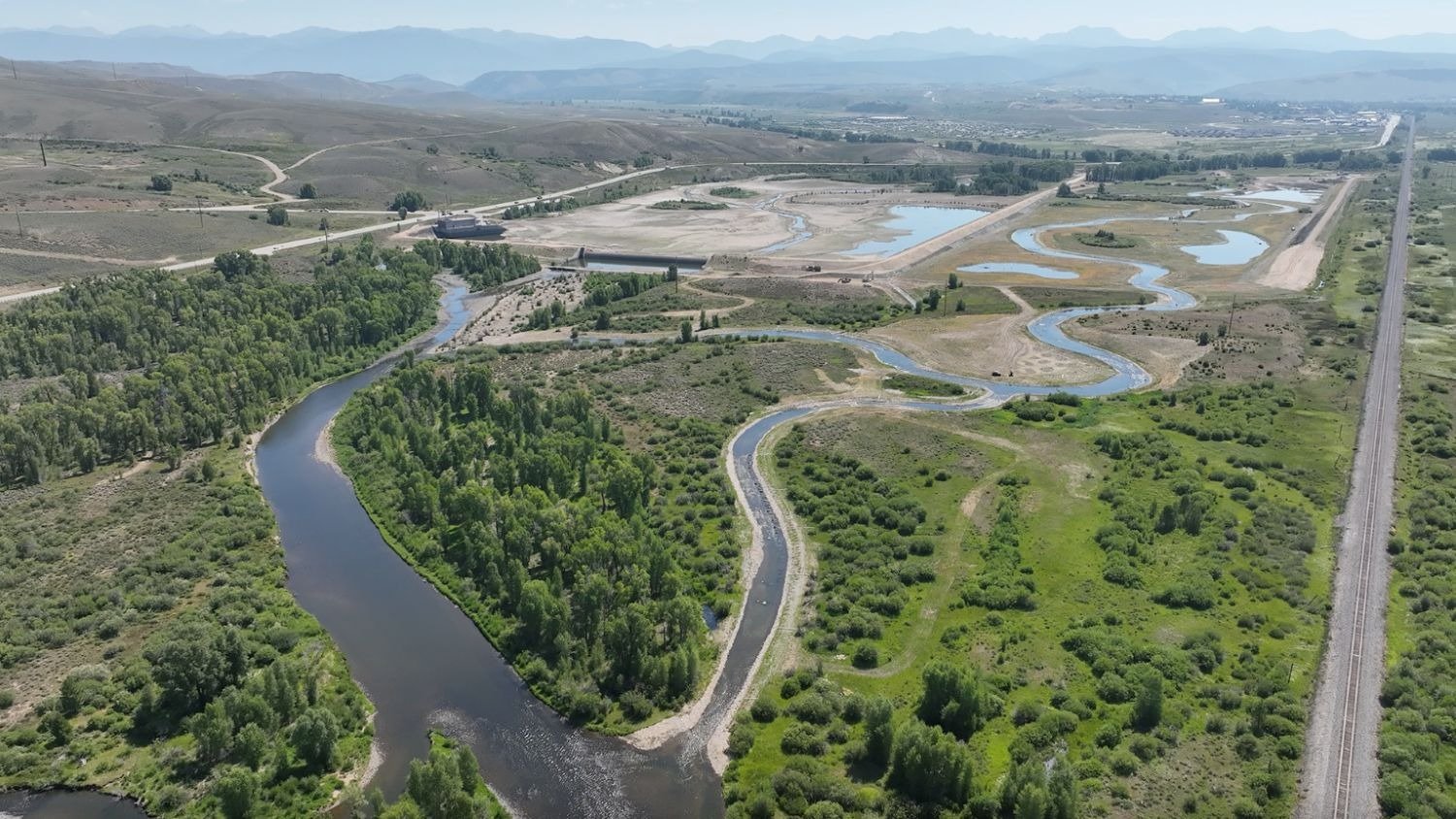Colorado River District funds first West Slope water project after passage of 7A
Windy Gap Connectivity Channel is the first project funded by the River District’s new Partnership Project Funding Program
Glenwood Springs, CO — The Colorado River District’s Board of Directors finalized a new program that will fund West Slope water projects and approved funding for the program’s first-ever project.
The Partnership Project Funding Program will fund multi-purpose water projects on the Western Slope in five project categories: productive agriculture, infrastructure, healthy rivers, watershed health and water quality, and conservation and efficiency. Funding for the program was approved by Western Colorado voters as part of Ballot Question 7A in November 2020. These District funds will be directed to projects identified as priorities by communities, water users, and Basin Roundtables in the District. Importantly, the funds may catalyze additional investment from state, federal and private sources.
The board also approved $1 million towards the first project funded by the program: the Colorado River Connectivity Channel near Windy Gap Reservoir in Grand County. The long-planned yet underfunded project will receive $1 million in support of healthy rivers, watershed health and water quality. The Colorado River District’s financial commitment will allow project proponents to successfully leverage additional funding sources.
“The projects supported by the Partnership Project Funding Program will protect and sustain West Slope water for all of us who rely on it,” said River District General Manager Andy Mueller. “In launching this program and funding our first project, we’re fulfilling our promise to the voters who make our work possible. This and future projects will help build a brighter water future for Western Colorado.”
“On behalf of the citizens of Grand County, we thank our partners at the Colorado River District for their decision to fund $1 toward the Windy Gap Reservoir Connectivity Channel Project,” said Grand County Commissioner Kristen Manguso.
“These funds will help leverage the remaining dollars needed to construct this much needed project that will reconnect the Colorado River around Windy Gap Reservoir and provide so many environmental and hydrological benefits to the Colorado River and Fraser River in Grand County, and downriver, said Grand County Commissioner Richard Cimino.
“Thank you to all that are working so hard to get funding for this important project. This million-dollar award is exactly the kind of project these funds are to be used for,” said Grand County Commissioner Merrit Linke.
The goal of the Connectivity Channel is to establish a reconstructed river channel around Windy Gap Reservoir to reconnect the Colorado River and eliminate the reservoir’s negative impacts. Upon completion, the project is expected to improve river health and habitat and provide significant economic benefits to Grand County communities that rely on recreation. The channel is also expected to improve water quality for agricultural irrigators downstream.
“This infusion of funding for the Colorado River Connectivity Channel is imperative to the health of the upper Colorado River and our work at Trout Unlimited to see this project to completion," said Mely Whiting, Colorado water project legal counsel for TU. "Seeing a healthy river flowing with improved habitat for trout and other wildlife and increasing the economic opportunities for this region will be a dream realized as this funding will help leverage the final push to complete this crucial project.”
Windy Gap Reservoir is a shallow, on-channel reservoir that obstructs the movement of fish and other aquatic organisms in the Colorado River and degrades downstream habitat. The health of the river below the reservoir has been in decline since the reservoir was built in the mid-1980s, with documented losses of 38% of macroinvertebrate diversity – including the complete loss of giant stoneflies (a major food source for trout), the loss of native sculpin populations and a decline in trout biomass in this Gold Medal Trout fishery.
The project consists of four components:
Modification of the Windy Gap Reservoir to create room for the construction of the connectivity channel;
A natural channel, approximately one mile long, that connects the Colorado River around the newly configured reservoir;
A diversion structure that will divert water from the connectivity channel into the reservoir; and
Removal or alternative means to improve fish passage at a weir upstream of the reservoir.
For more information, you can read Partnership Project Funding Program documents presented to the board by clicking here. You can read the Windy Gap Connectivity Channel documents presented to the board by clicking here.











